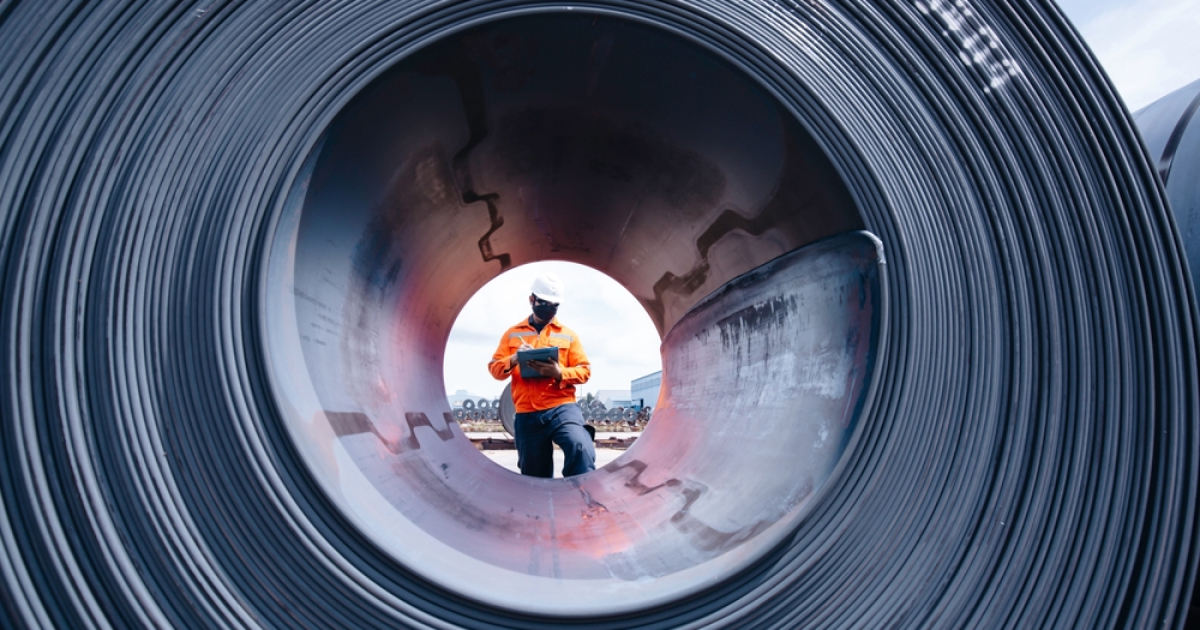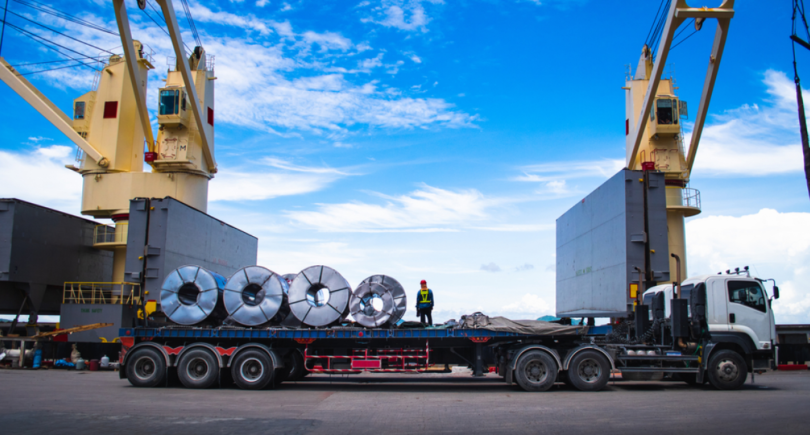
News Global Market decarbonization 1560 21 August 2023
Initial investment in the project is estimated at 600 million Namibian dollars
In Africa, the first zero-emissions steel plant is scheduled to be operational by 2024. This is stated in the message TrendsNAfrica.
The Oshivela project is planned to be built in Namibia by the end of 2024 at the initiative of HyIron and the support of the German Federal Ministry of Economics and Climate Protection. Investments in the construction of the plant are estimated at 600 million Namibian dollars.
Initially, Oshivela will reach an annual production of 15,000 tons of direct reduced iron (DRI) and create about 60 jobs. The groundbreaking ceremony for the project is scheduled for early November 2023 in Arandis.
“Fossil fuels in the traditional production process at the plant will be replaced by solar and wind energy,” the statement said.
The initial stage of the plant’s operation involves power from a 20 MW solar installation. As capacity increases, another 18 MW of wind and 140 MW of solar will be installed. These energy resources will be used to generate hydrogen used to produce DRI.
Once commissioned, the Oshivela project is expected to become one of the largest pure iron plants in the world. The annual production potential will be 1 million tons of pig iron, and is projected to reduce CO2 emissions by 1.8 million tons/year.
According to the developers, the project is ready to meet the growing global demand for DRI, which is projected to grow from the current 1.9 billion tons per year to 2.2 billion tons in 2030, which will require an increase in production capacity of 50 million tons annually.
Recall, according to the International Energy report, in 2021 carbon emissions steel industry amounted to about 2.75 billion tons (7.5% of the world total). By 2040, they will be reduced to only 1.8 billion tons, by 2050 – to 1.12 billion tons.
Experts predict that the global steel industry could achieve zero emissions by the early 2040s before a global target for 2050 is declared. However, this will require swift action by governments and industry, including the implementation of the regulatory framework and the expansion of the use of new technologies.




